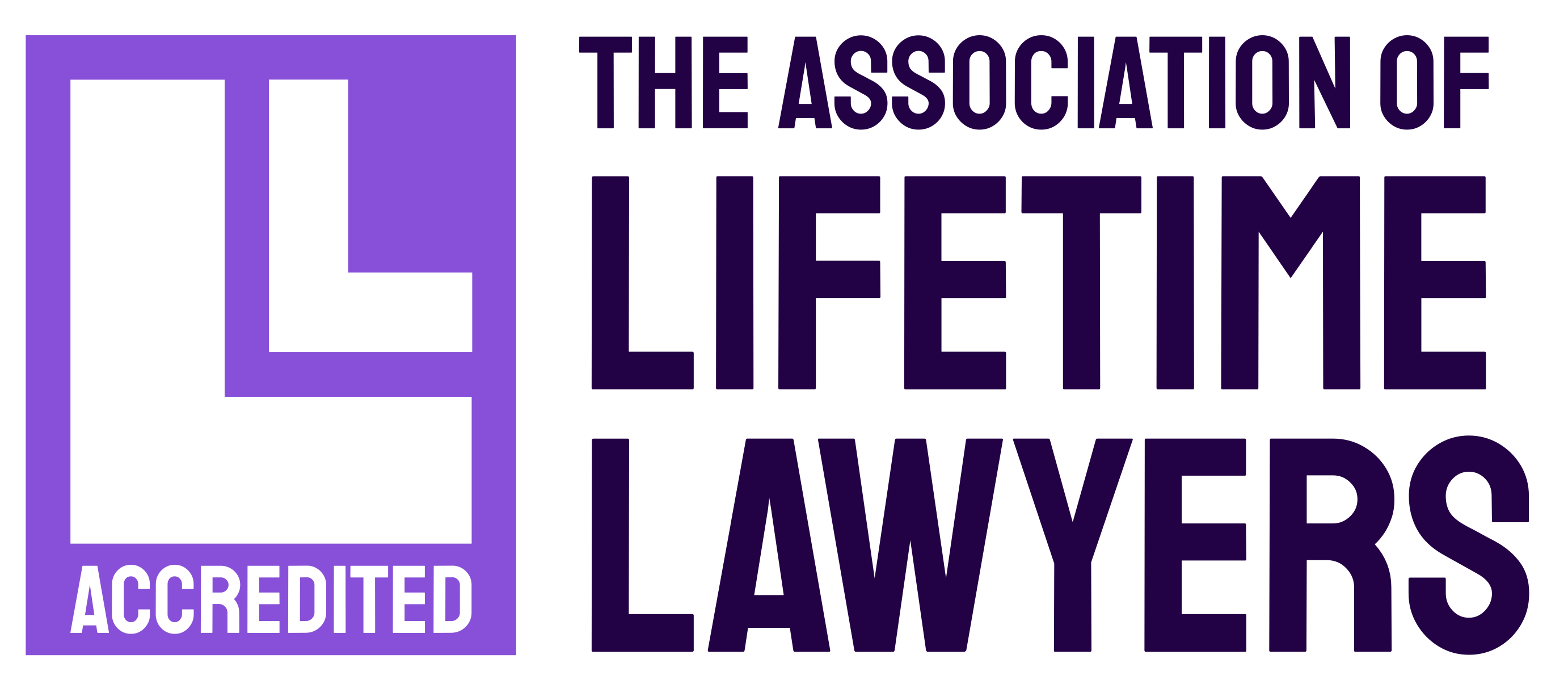News & insights
The misery of mould: who’s responsible in rented properties?
20th August 2019

Renting properties has become an increasingly popular option for those in the market for a new home, and a report recent by Knight Frank estate agents advises that a quarter of houses in the UK will be privately rented by the end of 2021.
With more properties than ever before being rented out, it is important to establish who is responsible for the upkeep of the property, to ensure standards are met. After all, no one wants to live in a property that is unpleasant, and any landlord worth their salt doesn’t want to own or manage a slum.
Mould and damp can be a common and long-term issue which needs to be addressed in order to keep a property habitable. In this column, I have often suggested questions and points to check for the savvy renter or buyer and following your nose for musty smells or checking for damp patches and black mould frequently make the list.
Mould is caused by damp, and there are three types of damp that both renters and landlords should be aware of. Condensation, which is caused by a lack of ventilation, heating or insulation in the property, penetrating damp, which is caused by rain soaking through the walls from outside, and rising damp, which is caused by moisture underneath the property soaking into the building’s base and rising through the floors, into the walls. This can be the most insidious type of damp as it’s the most difficult and costly to resolve.
Although the quality of private rental property can be anywhere on the spectrum from high-quality fixtures and fittings to window panes being held in place with duct tape, all landlords must legally comply with the Housing Health and Safety Rating System (HHSRS). Simply, the HHSRS is a set of legal guidelines that landlords must follow to keep their tenants safe, and as mould can pose a risk to health, this is included.
As common practice, a landlord should be maintaining the property to a high standard inside and out, ensuring the structure and the roof are in good condition, and that any water pipes, drainage, heat sources, gas and electricity are in working order. If any of these incur problems, the landlord is obliged to resolve the issue. In addition to this, the landlord should also take preventative measures to ensure future problems don’t arise, such as damp proofing, rain protection, or servicing of heating and ventilation equipment.
If you begin to notice mould or the smell of damp, you should contact your landlord immediately, as it may be a returning issue that can be resolved easily, or something that, if not nipped in the bud quickly, could become an expensive and disruptive issue.
I spoke to Ben Quaintrell, Managing Director of My Property Box, about the issue, who said: “It’s important that both landlords and tenants chose a reputable and experienced letting agent which can ensure any issues surrounding a property are quickly identified and dealt with.
“Whilst serious damp or mould problems may be traced back to a leaky gutter or loose roof slate, condensation – caused by cooking, showering and drying clothes – is also a common factor. Here, tenants can play their part by wiping down areas of condensation, allowing fresh air to circulate and ensuring rooms are evenly heated.”
By Martin Williamson, Head of Residential Property at Latimer Hinks Solicitors
Please note: This article is intended as guidance only. No responsibility for loss occasioned/costs arising as a result of any act/failure to act on the basis of this article can be accepted by Latimer Hinks. In addition, no responsibility for loss occasioned/costs arising as a result of any act/failure to act on the basis of this article can be accepted by the firm.

Martin Williamson




